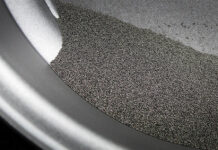Aging tests are essential tools in determining how well a product will perform over time. From household items to industrial machinery, these tests offer invaluable insights into durability, safety, and effectiveness. They provide a benchmark for quality, ensuring that products meet specific standards and expectations. In this blog post, we’ll take the mystery out of different types of climate aging tests. We aim to break them down in simple terms so you can better understand what each test does, why it’s necessary, and how it contributes to making reliable products.
Why Aging Tests Matter
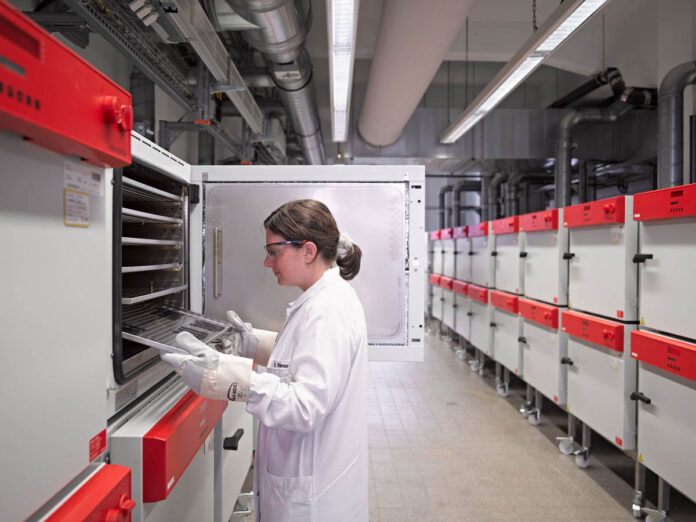
Aging tests are not just a manufacturer’s requirement; they have real-world implications for consumers and businesses alike. For instance, think about buying a new car. You wouldn’t want it to break down within a year, would you? The same principle applies to anything you purchase, from smartphones to furniture. Manufacturers use aging tests to predict how long their products will last and identify any weaknesses before they reach the consumer. In addition to mechanical and structural integrity, climate factors significantly influence a product’s lifespan. Extreme temperatures, varying humidity levels, and other environmental factors can all affect durability. As such, specialized tests mimicking these climatic conditions are indispensable for developing products that not only meet consumer expectations but also stand the test of time.
Accelerated Aging vs. Natural Aging
Natural aging of a product takes place over a considerable period, often years or decades. This timeline is not practical for manufacturers who need to make decisions quickly. That’s where accelerated aging comes in. It compresses the natural aging process by exposing products to extreme conditions like intense heat, high humidity, or ultraviolet light. This allows manufacturers to predict how a product will age over time in a much shorter period. Both approaches have the same end goal: to understand how a product will fare over time. However, accelerated aging provides quicker, yet reliable, answers that can be crucial for product development and improvement.
UV Aging Test
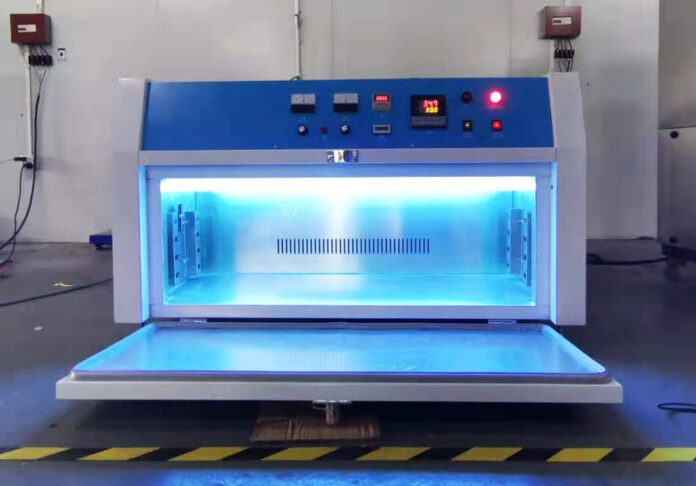
The UV aging test is a critical tool for simulating the effects of sun exposure on a product. Manufacturers shine ultraviolet light on the product to see how it responds. This test is crucial for products that spend a lot of time outdoors, like patio furniture or car exteriors. By understanding how ultraviolet light affects materials, manufacturers can develop products that are more resistant to sun damage. Hence, UV aging tests serve as a valuable tool in industries like automotive, construction, and textiles to ensure that products can withstand the natural elements.
Temperature Cycling Test
The temperature cycling test exposes products to alternating high and low temperatures. This replicates the natural temperature variations that a product might encounter throughout its lifecycle. The test is essential for products like electronics, car parts, or even packaged foods that need to remain stable despite fluctuating temperatures. Manufacturers use this test to ensure that their products will not crack, deform, or fail when subjected to temperature changes, making it a critical component in the development of durable goods.
Humidity Aging Test
The humidity aging test aims to mimic the conditions of a humid environment. Products are placed in an aging test chamber where humidity levels are controlled. This is critical for items that could be adversely affected by moisture, such as electronics, textiles, or wood. Knowing how a product reacts to humidity allows manufacturers to make improvements that increase durability and longevity, especially in climates where high humidity is a concern.
Salt Spray Test
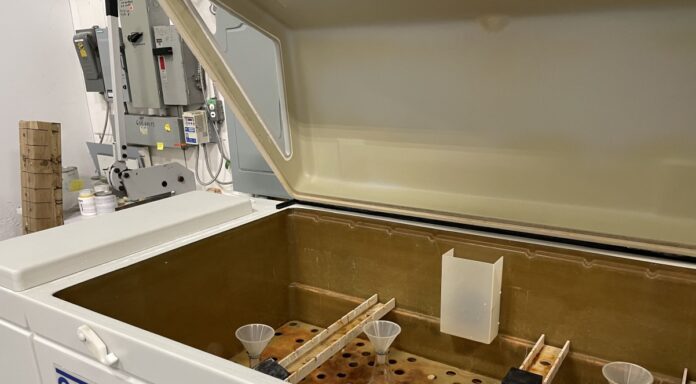
This test simulates the corrosive effects of a saltwater environment on a product. It’s especially important for products used in marine settings, or those exposed to road salts, like cars. Industries such as shipping, automotive, and aerospace use salt spray tests to ensure materials can resist corrosion effectively, thus guaranteeing that they remain functional and durable even in harsh conditions.
Thermal Shock Test
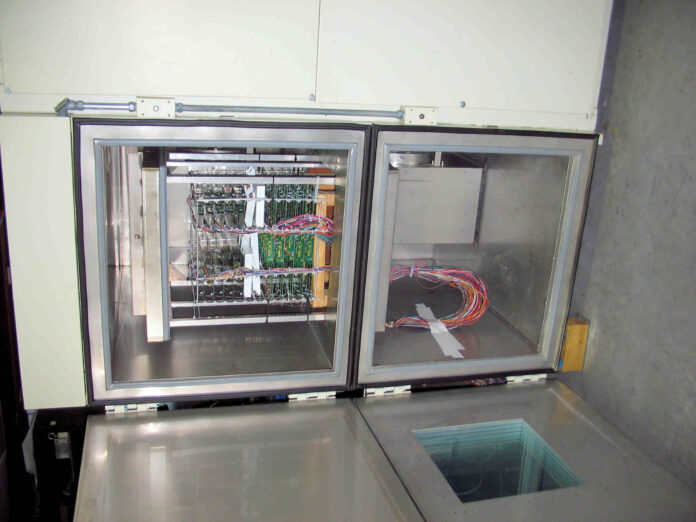
Thermal shock testing exposes products to quick changes between high and low temperatures. Think about taking a hot pan and suddenly placing it under cold water; the test mimics such abrupt conditions. It plays a critical role for products that are susceptible to temperature variations, including car engines, electrical systems, and specific types of glassware like borosilicate glass. Manufacturers deploy this test to identify and correct weaknesses in both the material composition and design of the product. The objective is to prevent failures like cracking or warping when the product experiences temperature extremes in real-world conditions.
Rainfall Simulation Test
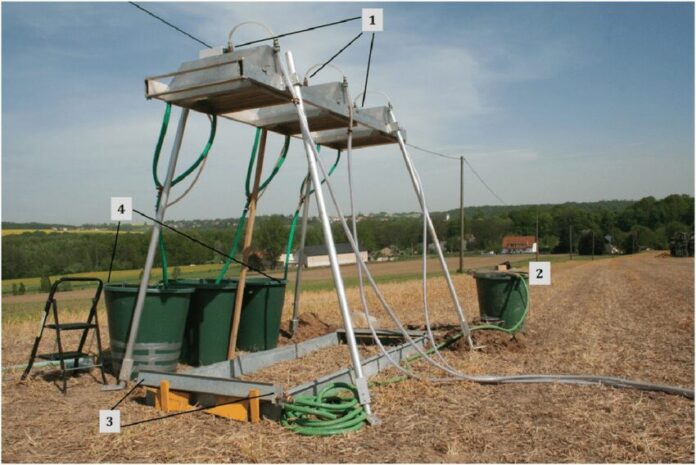
The rainfall simulation test closely mimics the impact of varying intensities of rainfall on a product. This is absolutely essential for items designed for outdoor use, such as hiking gear, roofing materials, and the exteriors of vehicles like cars and boats. This test assists manufacturers in assessing how resistant a product is to water penetration and degradation. The information gathered is critical for design improvements. For consumers, the test ensures that products will be reliable and durable when used outdoors, even in harsh weather conditions.
Dust and Sand Testing
Dust and sand testing creates an environment that simulates the conditions a product might encounter in extremely dusty or sandy locations. This type of test is particularly vital for products like electronic devices, automotive parts, and machinery that might be used in desert climates or other settings where dust and sand are prevalent. Manufacturers analyze the data collected from this test to make necessary adjustments to product design or material choices. The goal is to enhance durability and functionality, ensuring that products remain effective and withstand wear and tear in challenging environments.
Corrosion Resistance Test
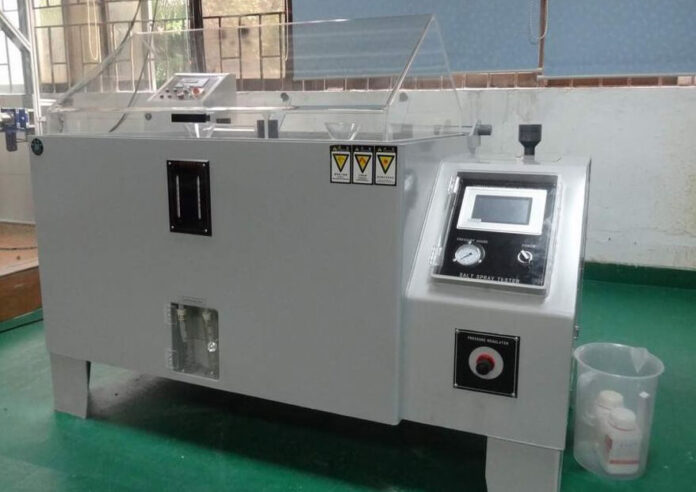
Corrosion resistance testing gauges how well a material can withstand corrosive substances like acids or salts. This is extremely important for products like pipes, tanks, and outdoor structures, which may be exposed to corrosive elements. The results help manufacturers choose the best materials for durability and longevity.
Conclusion
Climate aging tests are indispensable tools in product development. They simulate various environmental conditions, helping manufacturers make products that are durable, reliable, and long-lasting. These tests ensure that products can withstand the trials posed by various climatic conditions, giving both manufacturers and consumers peace of mind. Considering these tests is crucial for anyone involved in developing or choosing products.

